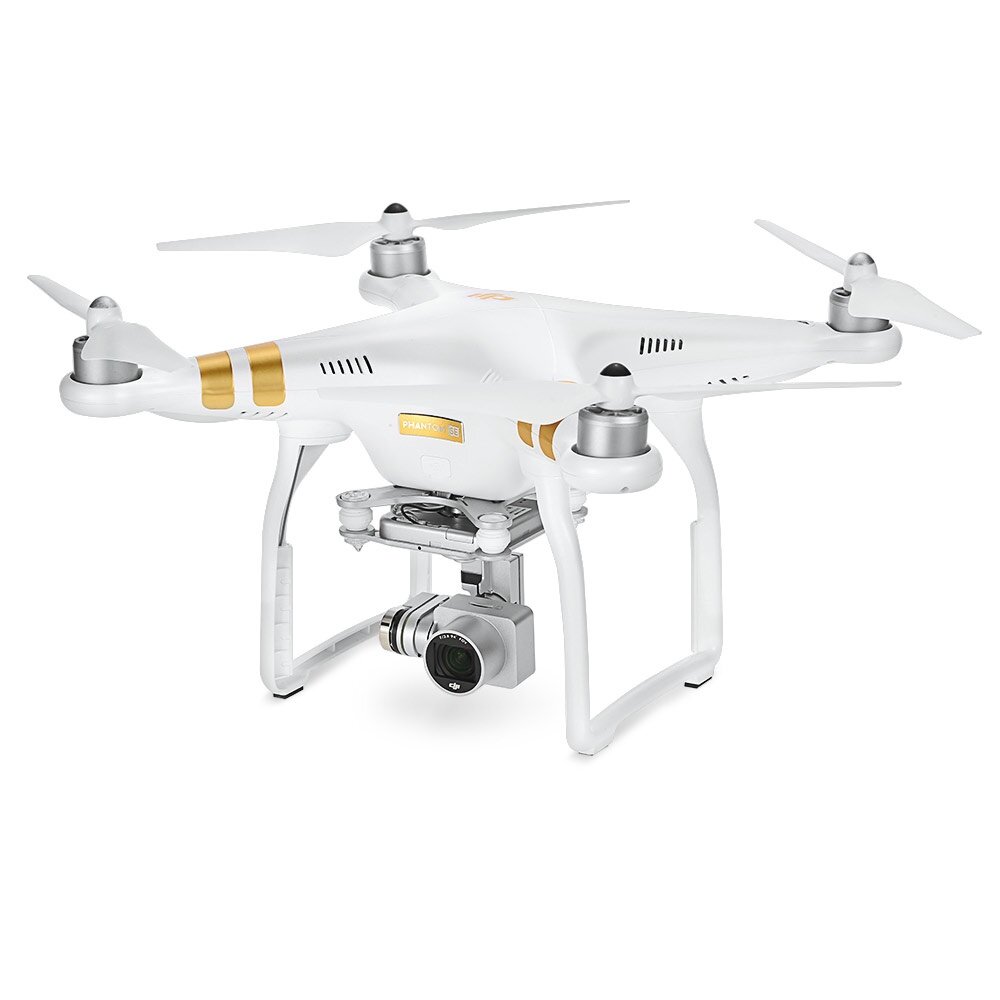
We found that flying the FPV drone was somewhat easier than anticipated. This can be corrected in post in Photoshop (or Premiere for video) but all this adds up to a drone that is best suited and ultimately designed to deliver optimum results when shooting FPV forward-facing video.

In this scenario the drone will tend to naturally tilt in order to hold position, and since there’s no gimbal movement on the horizontal axis, the result is images that are slightly on the skew. Shooting in raw is not an option, and there are none of the automated shooting modes for either stills or video familiar to Mavic users.Īnother issue occurs when shooting stills while hovering in any kind of a side breeze. There are only 2 modes, 'Auto' or 'Manual', and both capture JPEGs. The FPV’s photography capabilities are less impressive though, and although it’s easy to switch between video and still shooting with just a long press on the controller shutter button, the quality is such that the DJI FPV is not a drone that you would choose for high quality aerial images. But image stabilization (borrowing the DJI tech of the Osmo) takes care of any issues here and again the tech delivers buttery smooth video footage. One big difference worth noting is that since this is an FPV drone, the gimbal operates only on the tilt (vertical) axis. There is an option for lens distortion which, if switched on, removes the barrel/fisheye distortion the lens otherwise creates.

Dji fpv drone price 1080p#
Overall, the 4K and 1080p video looks fairly good, and aside from the camera capturing the front propellers footage is plenty good enough for posting on YouTube. So on the face of it there should be plenty of dynamic range to work with in your video editor of choice. The camera is capable of shooting immersive video and video footage can be captured in the Standard and D-Cinelike color profiles at a bit rate of up to 120Mbps. The fixed focal length range is 0.6m to infinity, meaning that theoretically everything in shot is in focus, and to be fair this appears to be the case. The DJI FPV features a 12MP 1/2.3-inch CMOS sensor with a fixed focal length camera lens equivalent to 14.66mm with a 150-degree field of view and a fixed f/2.8 aperture. That said the video quality is still 4K at 50/60fps and 1080p at 50/60/100/120fps impressive for an FPV drone. The DJI FPV is a drone made for fun filled flying rather than serious aerial video and photography, and so its moving image and stills capability is somewhat lesser than others in the DJI stable. No raw photos or automated shooting modes.Shoots good quality 4K and 1080p footage.This is a really nice piece of ergonomic design and unlike any controller we have used before, with its throttle grip and brake button. The DJI FPV also flies with a hand or motion controller. It's just a case of becoming familiar with the six buttons and their positions. The large buttons make it easy to control by feel rather than sight when you’re flying. The control sticks screw into the controls and can be conveniently stored in the controller handles when not in use. You won’t miss this, though, as you’re flying through the goggles with a first person view.

The rest of the process is more or less ‘plug and play’ and once all indicators are green you can don googles and you're ready for take-off.įor the first flight, we used the ‘main’ controller which is not dissimilar in design to other DJI controllers, apart from not having a phone cradle. The goggles have their own separate battery and a longish cable - the idea being you can just slip these extra pieces into your pocket while flying. In the hand everything feels solid, and once you insert the rather hefty ‘intelligent’ battery, you have a pretty chunky 28oz takeoff weight.īefore you launch though you’re going to need to hook up and establish connectivity between the drone, the DJI FPV goggles and the controller or hand controller.


 0 kommentar(er)
0 kommentar(er)
